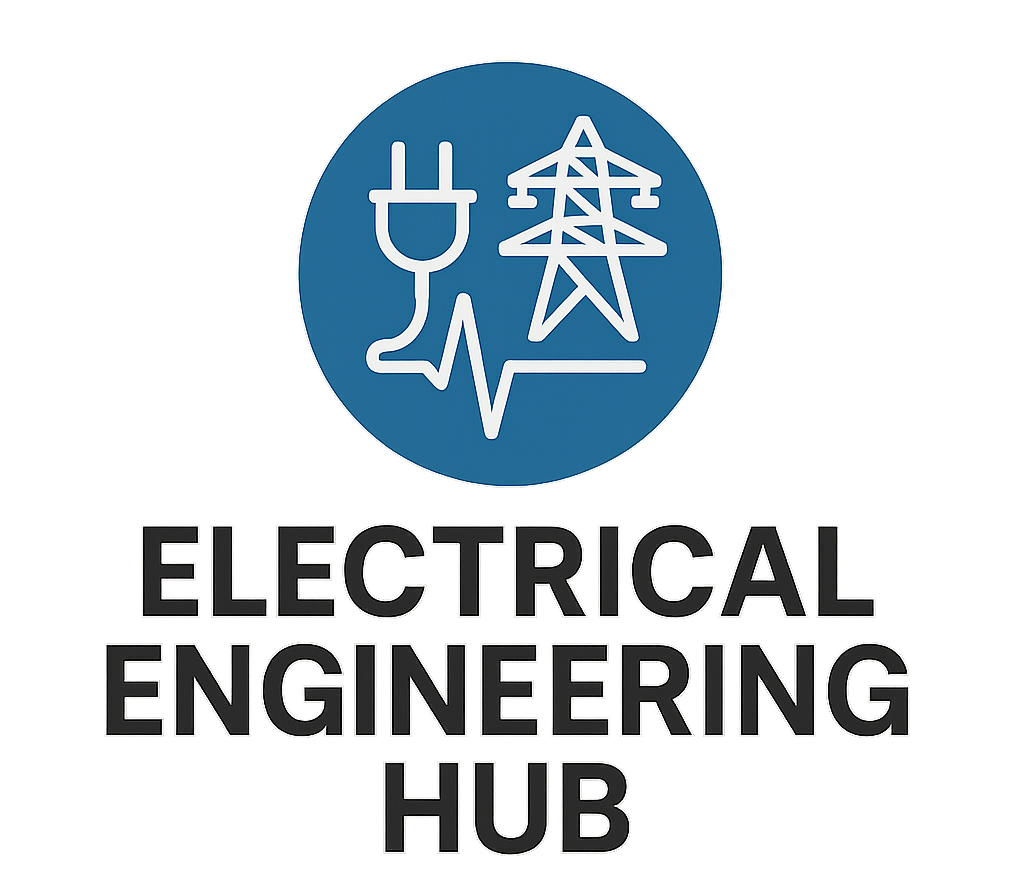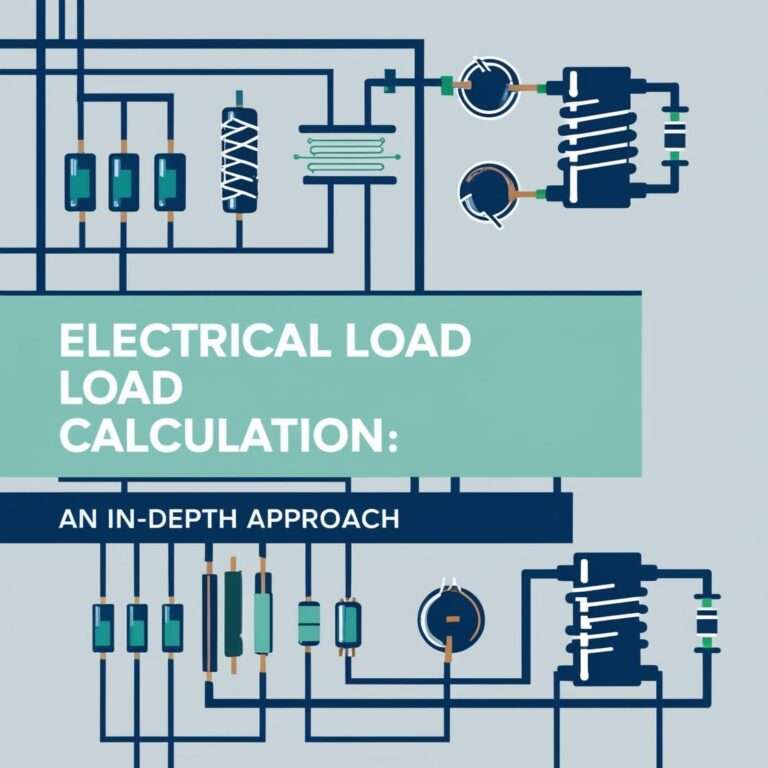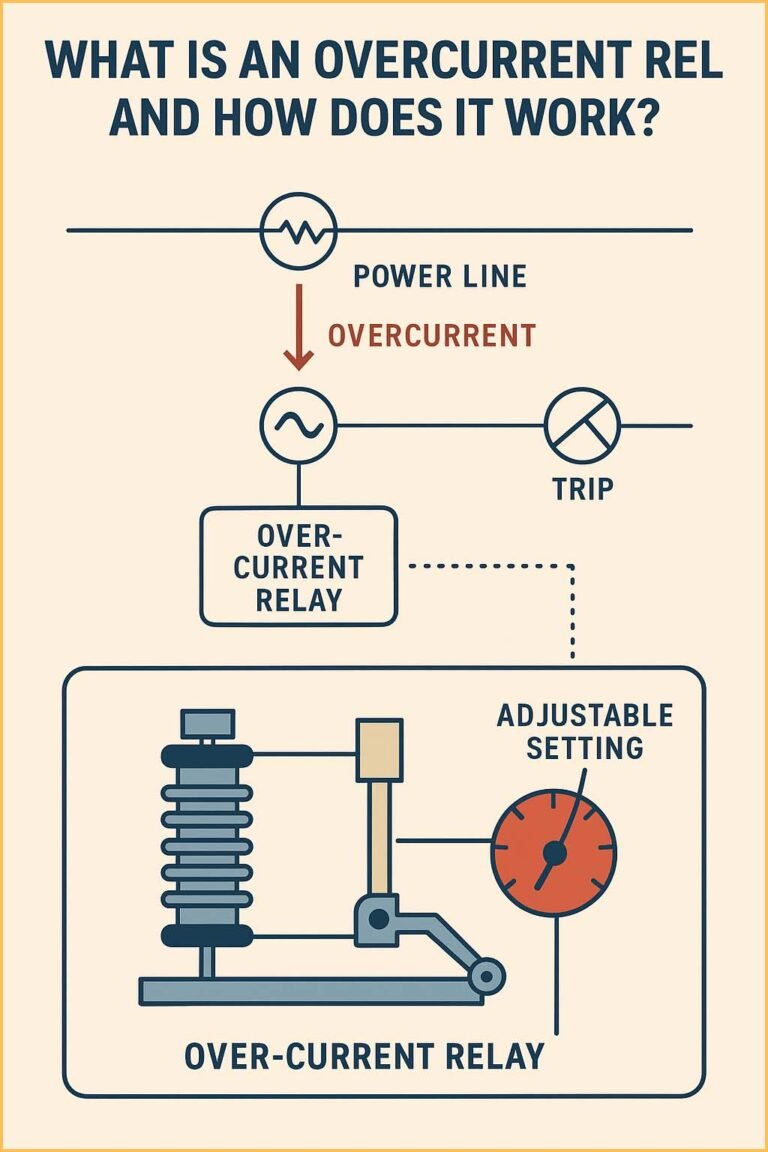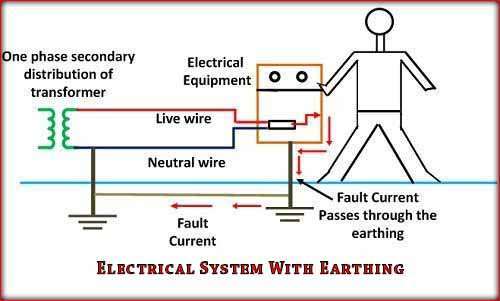Functional vs Protective Earthing in Instrumentation | IEC 60364 Guide
Earthing is one of the most critical aspects of any electrical and instrumentation system. In industrial systems, earthing ensures safety, reliability, and performance. The International Electrotechnical Commission (IEC) provides clear guidelines for earthing in its standards, such as IEC 60364. Understanding the difference between functional earthing and protective earthing is essential for engineers working in automation, control, and instrumentation systems.
Table of Contents
Table of Contents
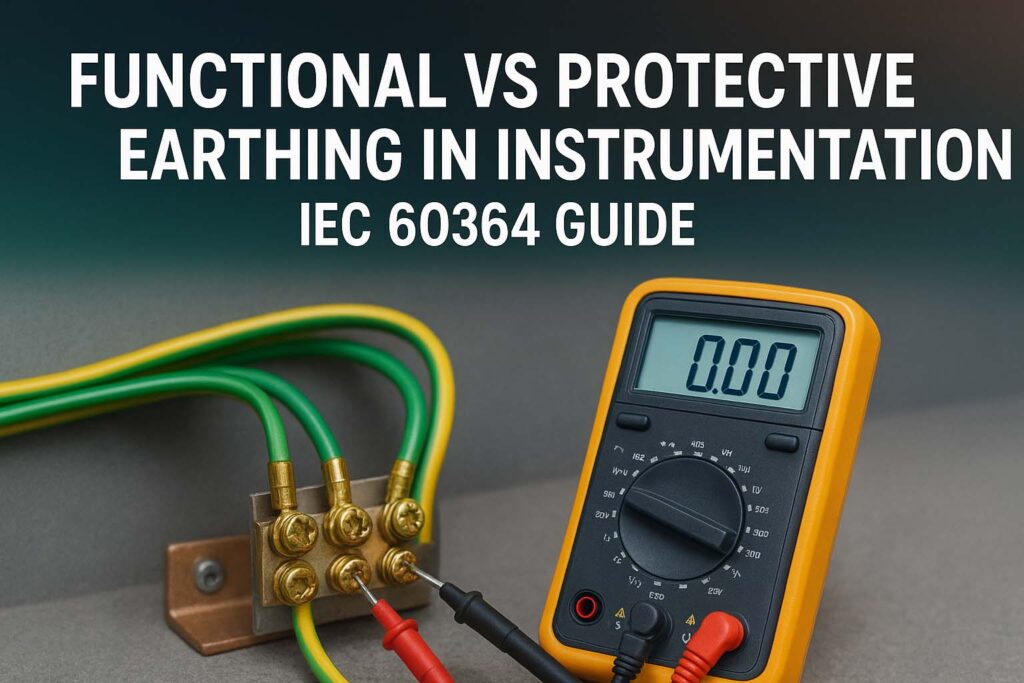
Both earthing methods serve unique purposes. Protective earthing ensures personnel safety by preventing electric shock, while functional earthing ensures proper operation of sensitive equipment and accurate signal transmission. This article provides a comprehensive comparison, technical insights, and IEC-based definitions to help you design compliant systems.
Before diving deeper, let’s understand what these terms mean and how they impact instrumentation.
Key Takeaways
- Functional earthing ensures proper system operation and signal integrity, not necessarily safety.
- Protective earthing focuses on human safety by limiting touch voltages.
- IEC 60364 clearly defines both concepts and their roles in industrial systems.
- Functional earthing in instrumentation is critical for noise reduction, EMC compliance, and accurate data.
- Both earthing types often coexist in a system but serve distinct roles.
Definitions per IEC 60364
According to IEC 60364, the definitions are as follows:
Protective Earthing (PE)
Protective earthing is the connection of all exposed conductive parts to the main earth electrode. Its primary goal is to ensure that in case of insulation failure or fault, dangerous touch voltages do not appear on equipment surfaces.
This method protects personnel and animals from electric shock.
Know more about Earth Ground Testing: Clamp Meter vs Fall-of-Potential Method
Functional Earthing (FE)
Functional earthing refers to earthing required for the correct functioning of electrical equipment. It is not primarily for safety, but to ensure the system operates as intended.
Examples include the earthing of measurement circuits, reference points in instrumentation, and EMC (Electromagnetic Compatibility) grounding.
The IEC standard further emphasizes that these two types of earthing should not be confused. Although they may use a common earthing electrode in practice, their roles differ significantly.
Role of Functional Earthing in Signal Accuracy
Functional earthing plays a vital role in the performance of instrumentation systems. Industrial automation networks, sensor loops, and control systems rely on accurate signals. Without proper functional earthing, interference and noise can degrade measurement quality.
Why Functional Earthing Matters
- Minimizes electrical noise: Ground loops and high-frequency interference affect analog and digital signals.
- Ensures reference stability: Differential measurement circuits need a stable ground reference.
- Supports EMC compliance: IEC standards for electromagnetic compatibility require effective functional earthing.
For instance, in a 4-20 mA current loop, improper earthing can introduce noise that alters readings. In precision instrumentation, even a small error can disrupt process control.
Know more about Grounding vs Bonding: Key Differences Explained
Key Areas Where Functional Earthing is Applied
- PLC control panels for reference grounding
- Analog signal lines from field instruments
- Shielding for twisted-pair cables in communication systems
- Grounding of EMC filters for frequency drives and controllers
Protective Earthing for Personnel Safety
Protective earthing is non-negotiable for safety compliance. Its main function is to divert fault current to the earth so that live parts do not become dangerously energized.
How It Works
- Exposed metallic parts of electrical equipment are bonded to the PE conductor.
- In case of insulation failure, fault current flows to the earth instead of the human body.
- Protective devices such as MCBs, RCDs, or fuses detect fault currents and isolate the circuit.
This method is essential in power distribution panels, motor control centers, and industrial field equipment. Unlike functional earthing, protective earthing focuses on human and equipment safety rather than system performance.
Know more about Transformer Protection Schemes: Types and Application Guide
Comparison Table – Functional vs. Protective Earthing
| Parameter | Functional Earthing (FE) | Protective Earthing (PE) |
|---|---|---|
| Primary Purpose | System functionality and signal accuracy | Human safety and fault protection |
| Defined in IEC | IEC 60364 as functional earthing | IEC 60364 as protective earthing |
| Used In | Instrumentation, EMC compliance, sensors | Electrical distribution, exposed metal parts |
| Fault Current Path | Not intended for fault currents | Provides path for fault currents |
| Connection Requirement | Specific circuits needing reference | All exposed conductive parts |
| Effect of Absence | Signal errors, EMC issues | Electric shock hazards, unsafe conditions |
Examples from IEC-Compliant Designs
To illustrate how both types of earthing work together, let’s consider real-world IEC-compliant scenarios.
Example 1 – Instrumentation Control Panel
In an industrial DCS (Distributed Control System) cabinet:
- Functional earthing is applied to the analog input cards to reduce noise.
- Cable shields of twisted-pair signal wires are terminated at the FE bar.
- Protective earthing bonds the entire cabinet frame to the main PE bus for safety.
Know more about What Causes a Motor to Overload?
Example 2 – Variable Frequency Drive (VFD) Panel
- Protective earthing ensures the VFD enclosure and motor body are safely earthed.
- Functional earthing connects EMC filters and shields to minimize electromagnetic emissions.
Example 3 – Field Instruments in Hazardous Area
- FE maintains signal integrity for pressure and temperature transmitters.
- PE ensures the metallic housings of transmitters are bonded to earth to prevent shock risk.
These examples highlight that both earthing methods often share a physical earth electrode but maintain logical separation in purpose.
Why Combining Both is Critical
Modern industrial systems cannot rely on only one type of earthing. Combining both functional and protective earthing ensures:
- Safe operation of personnel and equipment.
- Compliance with IEC earthing requirements.
- Reliable data acquisition and control.
In many designs, the protective earth and functional earth are interconnected at a single point to prevent ground loops. However, engineers must ensure this connection complies with EMC and safety guidelines.
Best Practices for Functional Earthing in Instrumentation
- Terminate shielded cable screens at one end (preferably at the panel) to avoid loops.
- Use a dedicated FE busbar inside panels separate from PE.
- Keep functional earth conductors short and direct to reduce impedance.
- Follow IEC 60364 and manufacturer guidelines for sensitive equipment.
Know more about Earthing Transformer Working Principle
Common Mistakes to Avoid
- Mixing PE and FE everywhere without proper planning.
- Floating shields or leaving functional earth unconnected.
- Using small cross-section conductors for functional earth that increase resistance.
Related Resource
For a more comprehensive discussion on IEC guidelines, check out this article: instrument earthing IEC standard. It covers detailed grounding methods for industrial instrumentation systems.
Conclusion
Understanding functional earthing IEC requirements is essential for any engineer designing instrumentation systems. Functional earthing ensures stable reference points for accurate signal transmission, while protective earthing safeguards personnel from electrical hazards.
Both methods are defined under IEC 60364, and they complement each other in modern industrial applications. Ignoring one can compromise either safety or performance. By following IEC recommendations and best practices, you can achieve reliable, safe, and efficient systems.
1. What is functional earthing as per IEC?
Functional earthing is an earthing method required for the proper operation of electrical and instrumentation systems. It ensures signal accuracy, noise reduction, and EMC compliance as per IEC 60364.
2. What is the main difference between functional earthing and protective earthing?
Functional earthing improves system performance and reference stability, while protective earthing ensures safety by diverting fault currents away from equipment and personnel.
3. Does functional earthing protect humans from electric shock?
No, functional earthing is not for safety. It is intended for correct functioning of equipment. Protective earthing is responsible for human safety.
4. Can functional and protective earthing share the same point?
Yes, they can share a common earth electrode in compliance with IEC guidelines, but logical separation should be maintained for design clarity.
5. Why is functional earthing important in instrumentation?
It reduces electrical noise, stabilizes reference points, and ensures accurate measurements in analog and digital control systems.
Follow Us on Social:
Subscribe our Newsletter on Electrical Insights for latest updates from Electrical Engineering Hub
#FunctionalEarthing, #ProtectiveEarthing, #InstrumentationEarthing, #IECGuidelines, #IEC60364, #ElectricalSafety, #EarthingSystem, #IndustrialInstrumentation, #GroundingSystem, #ControlSystemSafety, #IECStandards, #ElectricalEngineering, #EarthingDesign, #PowerSystemSafety, #GroundingAndEarthing
